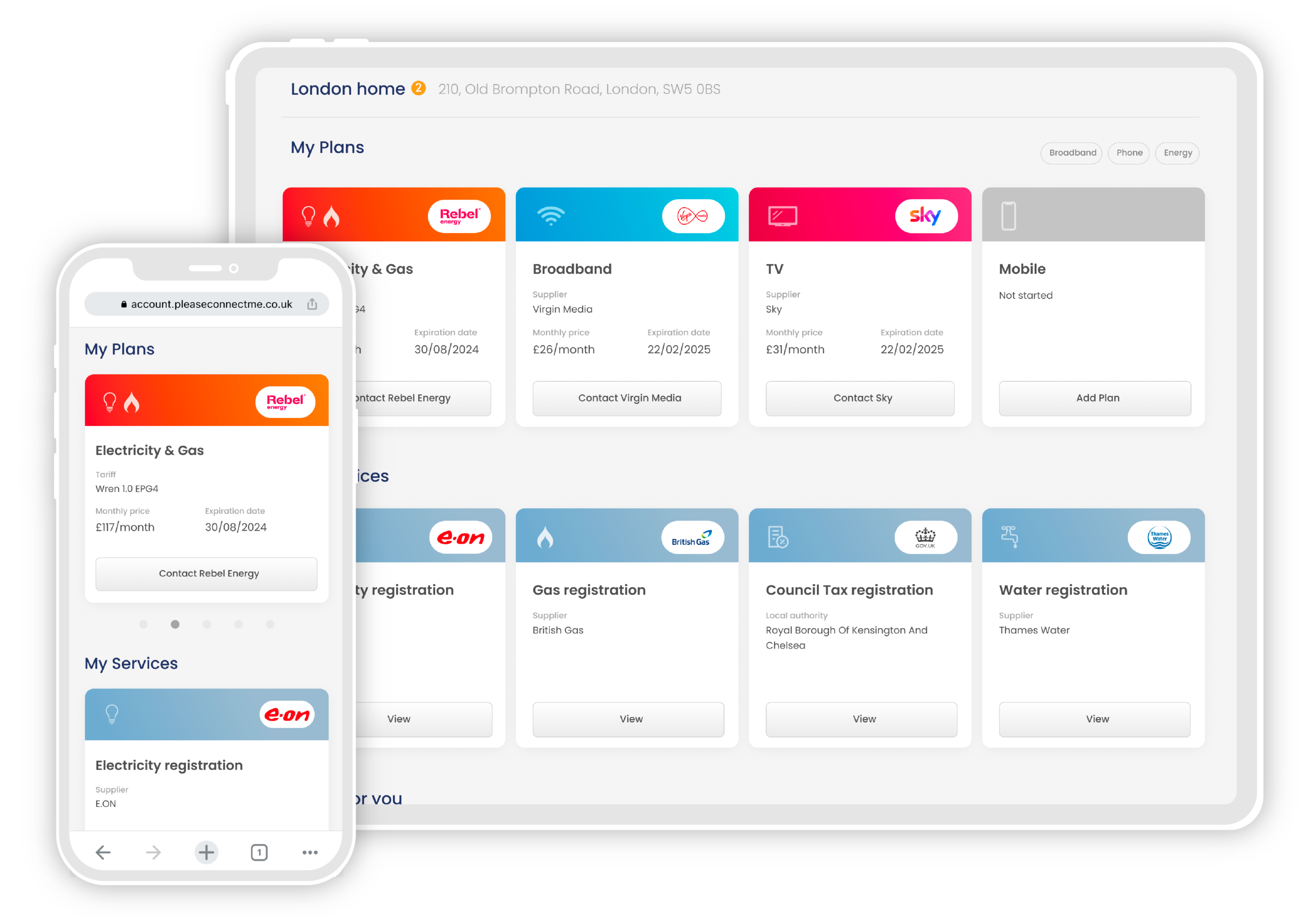What should you look for when choosing an energy tariff? Being on the right tariff can cut your bills, lower your carbon footprint and reduce the stress of dealing with your energy supplier, but how do you know which is right for you?
Here are some of the key things to consider when you’re looking at switching energy suppliers or setting up a new tariff.
Top tip! Take the stress out of comparison shopping and book a free call with Please Connect Me to switch to a great value energy tariff in less than fifteen minutes.
Fixed vs variable tariffs
One of the first decisions to make when choosing an energy tariff is whether you want a fixed-rate or variable tariff.
In simple terms, customers on a fixed or fixed-rate tariff pay the same amount for each unit of electricity and gas they use throughout their contract. Customers on a variable tariff see their energy prices adjusted four times a year as the UK’s energy price cap is updated.
Currently, it’s projected that the energy price cap will increase in 2026. Therefore, we recommend a fixed-rate tariff at or below the current price cap.
Unit rates and standing charges
Whether you are on a fixed-rate or variable tariff, your energy tariff is made up of two parts. These are the unit rate and the daily standing charge.
The unit rate is the amount you pay for each unit of electricity or gas, whereas the daily standing charge is a fixed daily fee paid by everyone. When comparing energy tariffs, use as close an estimate to your average energy usage as possible to accurately project your prices for the year.
Low-usage households benefit from lower unit rates, whereas high-usage households can save with a lower unit rate and higher daily standing charge.
Exit fee and contract length
Some energy tariffs lock customers into long contracts, with exit fees to pay for early termination.
If you prefer the flexibility to switch to a new tariff if a cheaper option becomes available, look for a tariff with no minimum contract length, or for one without exit fees. This is particularly useful at the moment, as the ongoing energy crisis means the price cap is subject to sudden changes, rapidly rising or dropping as wholesale prices fluctuate.
Choosing a green energy tariff
If you’re concerned about reducing your carbon footprint, one easy way is choosing an energy tariff that uses all-renewable energy in its fuel mix.
Luckily, in 2025, many of the UK’s best and cheapest energy suppliers are also committed to using green, renewable electricity. Look for suppliers that invest in renewable energy production and offer sustainable gas for an even more environmentally friendly option.
Added Extras
Some energy tariffs also offer freebies or extra benefits that make them a great choice. For example, many suppliers include free smart meter installation in their plans, which can cut your bills.
Suppliers may also provide support to customers struggling to pay their bills or have special tariffs designed for electric car owners.
If they apply to you, these added extras can make hundreds of pounds of difference to your annual bills, making those tariffs the best choice for your home.






